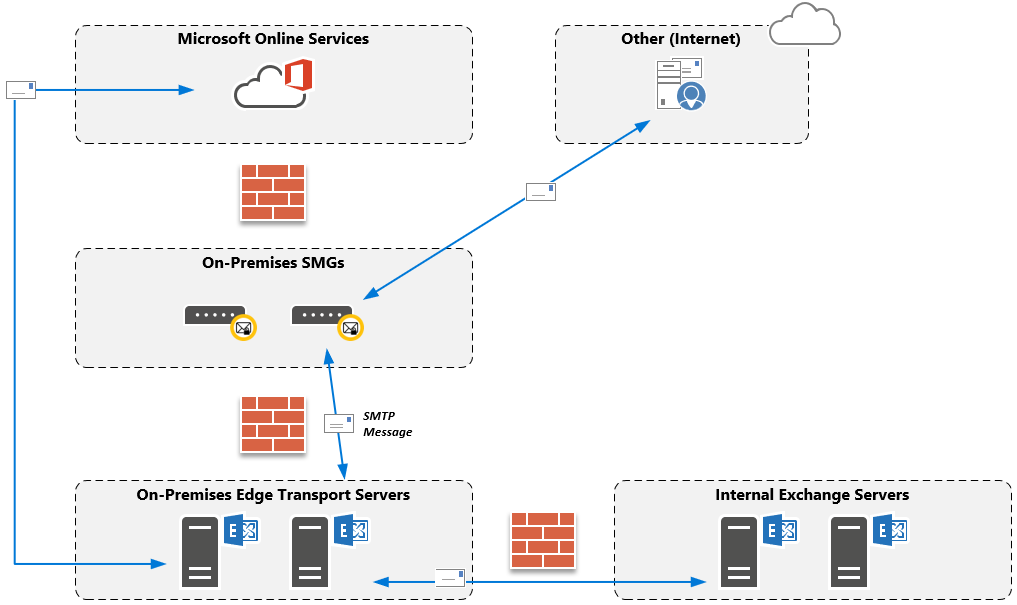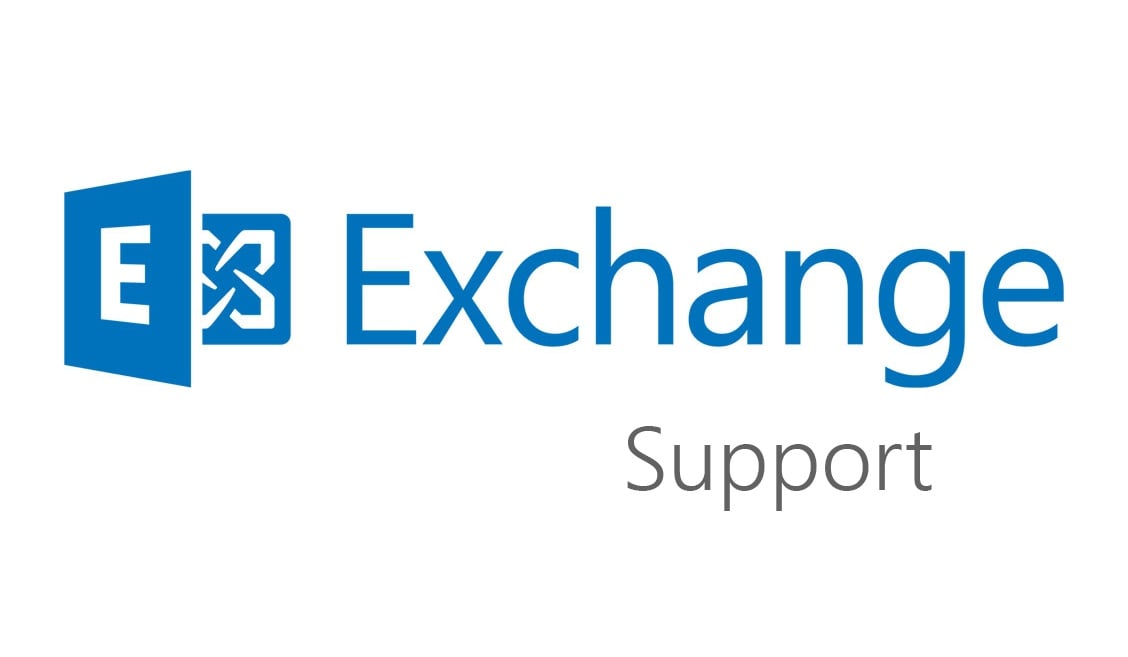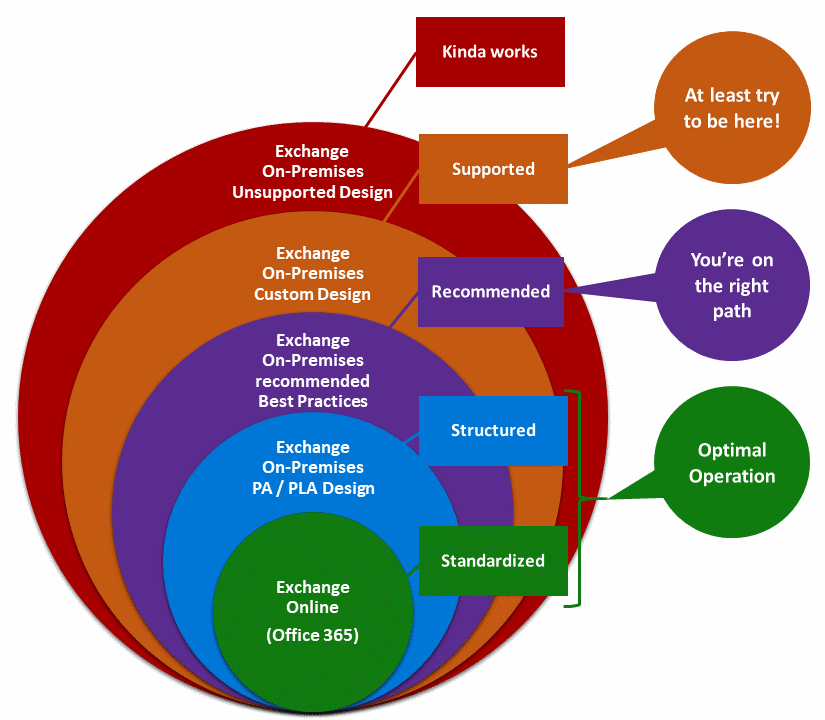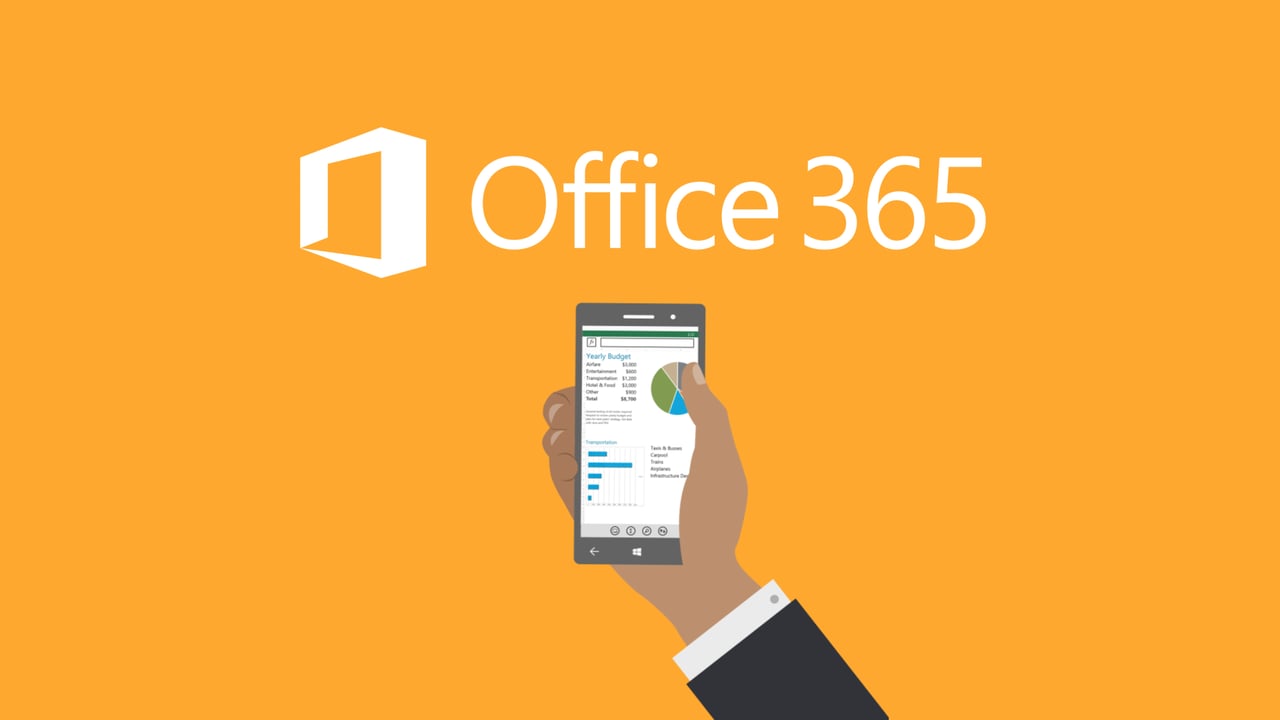Secure Mobile Device Access with MobileIron Sentry and Kemp LoadMaster ESP
Securing mobile devices access to an on-premises Exchange Server infrastructure without a hybrid setup is not complicated when using a single-vendor strategy. You simply implement a Mobile Device Management Solution and you are done. Enterprises doing business in the high security industry tend to follow a multi-vendor strategy to reduce the risks due to security flaws in third-party devices.















